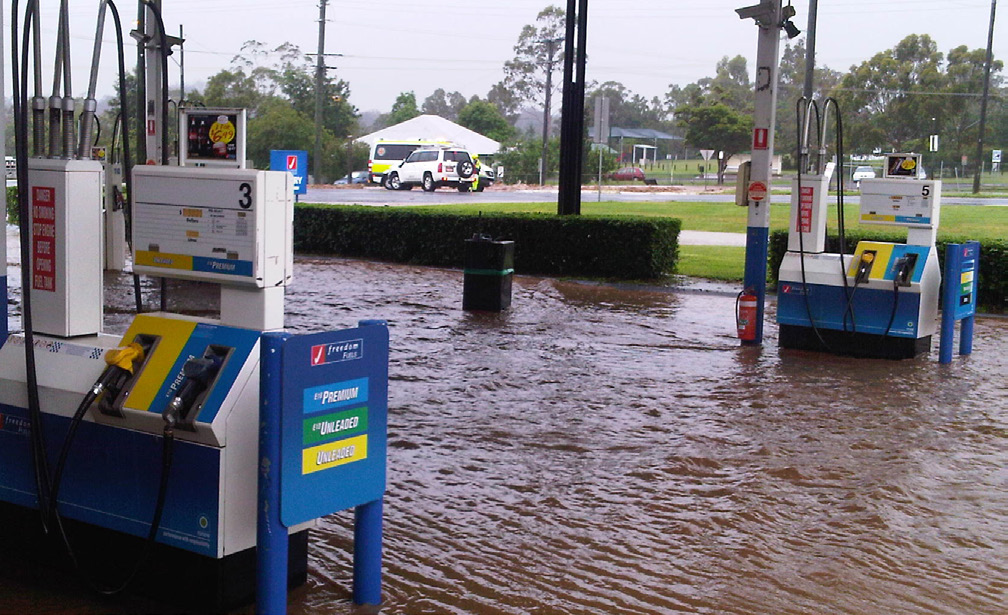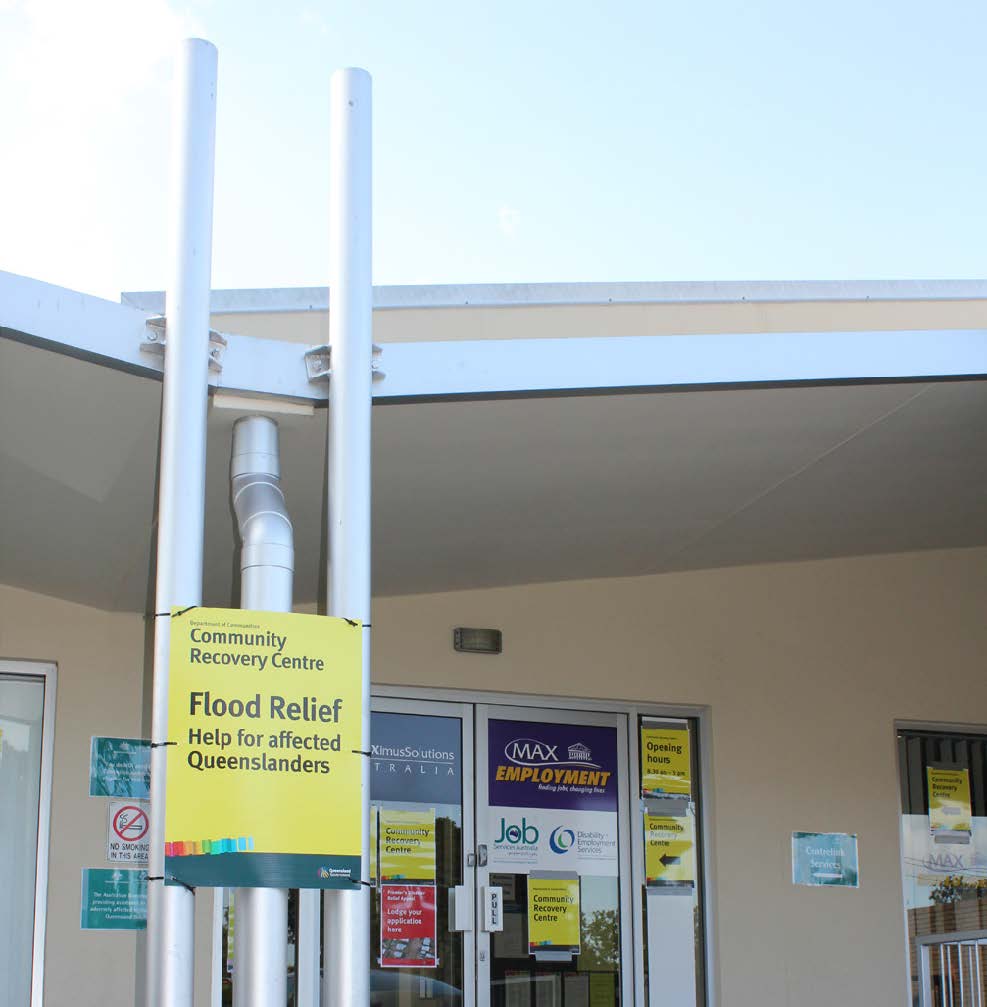Over past decades in Australia the occurrence of natural disasters has seen the development of sophisticated disaster management responses. We have seen the development of systems for immediate disaster response, the restoration of public assets, and for longer-term human and social recovery.
Within disaster-affected areas, the elderly are identified as one of the more vulnerable groups, needing a targeted response before, during and after a natural disaster. South-west Queensland has, in recent years, experienced a number of disaster events related to extreme flooding. The physical, psychological and economic impact on some communities has been significant.
This paper looks at learnings from these experiences related to better supporting ageing populations in times of natural disasters. These learnings come from feedback from government and non-government agencies involved in managing the recovery from recent disasters in south-west Queensland, as well as from community members who lived through the disasters. The two most significant learnings are that the elderly should be involved in disaster planning in their own local areas and that disaster management planning and response communication with the elderly needs to be adapted to their needs. Ultimately, a best-practice system lies in true integrated service delivery; one that is elderly-centred, easy to access, protected by quality safeguards, accountable and, most of all, outcomes focused.
So what makes populations, particularly ageing populations ‘vulnerable’? The International Federation of the Red Cross and Red Crescent Societies1 defines ‘vulnerability’ as the ‘diminished capacity of an individual or group to anticipate, cope with, resist and recover from the impact of a natural or man-made hazard’. While the concept of vulnerability is relative and dynamic in nature, it is most often associated with poverty, social isolation, insecurity and defencelessness. Isolation from family, friends and community through physical immobility, financial restraints, mental incapacity and limited communication can lead to insecurity and defencelessness and potentially form a lethal cocktail when a natural disaster hits. The World Health Organization defines vulnerability as ‘the degree to which a population, individual or organization is unable to anticipate, cope with, resist and recover from the impacts of disasters’.2

Flash flooding in Toowoomba January 2011. Image: Annabelle Johnstone
Human and social recovery focuses on the provision of immediate shelter, life support and human needs to people affected by or responding to a disaster (State Disaster Management Plan 2014-153). Disaster recovery is the coordinated process of supporting affected communities in the reconstruction of the physical infrastructure, restoration of the economy and environment and support for the emotional, social, and physical wellbeing of those affected. During the recovery phase, the Australian Government provides funding to state and local governments that work with communities to distribute funding and assist recovery.
Some elderly people need extra support during disasters. Learnings gathered from agencies and personnel who lived and worked during the 2010 and 2011 extreme flood events in south-east Queensland were studied. These people had first-hand experience of how elderly residents coped and the models of service delivery that were used to support recovery.
The results of the study highlighted the need for all levels of government to include information in their disaster management plans that is specifically aimed at older people. This information needs to be available in easily accessible formats and should include information on community supports and networks available to assist older people following disasters in each community. The study also looked at including older people in the disaster management planning process and what they have to offer in regards to historical information and about past events. Ways to reduce the impacts on older people were examined as well as how to connect older people to social recovery services and support and the types of services and support required.
The study particularly looked at human and social recovery operations in south-west Queensland following the 2010 and 2011 floods. We looked at what services and supports were delivered following the flood and how and who may have delivered these services. We are always looking for things that have worked well in recovery and response efforts but in our quest for ‘best practice’, it is essential to identify the processes that did not go well. During the flood response and recovery efforts challenges were identified, some of these affected all persons, some more specifically the elderly. In the study we highlight a number of the challenges that affected elderly more than younger people.
The research and knowledge of the practices adopted in the 2011 floods identified that any best practice framework for dealing with a cohort of elderly people needs to focus on a number of critical design principles. Improved communication methods and more face-to-face service delivery were effective strategies used. Some older people are socially isolated and do not have a network of people with whom they engage regularly. Any effective human and social recovery system must ensure these vulnerable people are connected early to the essential networks and services.
Ultimately, best practice lies in truly integrated service delivery; one that is elderly-centred, easy to access, protected by quality safeguards, accountable and outcomes focused.
Best practice in human and social recovery involving the elderly should not just be an ideal, it should be a right - an entitlement. While they say a society is judged by how it treats its children that is also true for how a society treats its vulnerable elders.

Community Recovery Centre, Goodna January 2011. Image: Annabelle Johnstone

Information is distributed at a Community Recovery Centre, Bundamba January 2011. Image: Annabelle Johnstone
Footnotes
- International Federation of the Red Cross and Red Crescent Societies, at: www.ifrc.org
- World Health Organization, at: www.who.int/environmental_health_emergencies/vulnerable_groups/en/
- State Disaster Management Plan 2014-15, at: www.disaster.qld.gov.au/Disaster-Resources/cdmp/Pages/default.aspx


